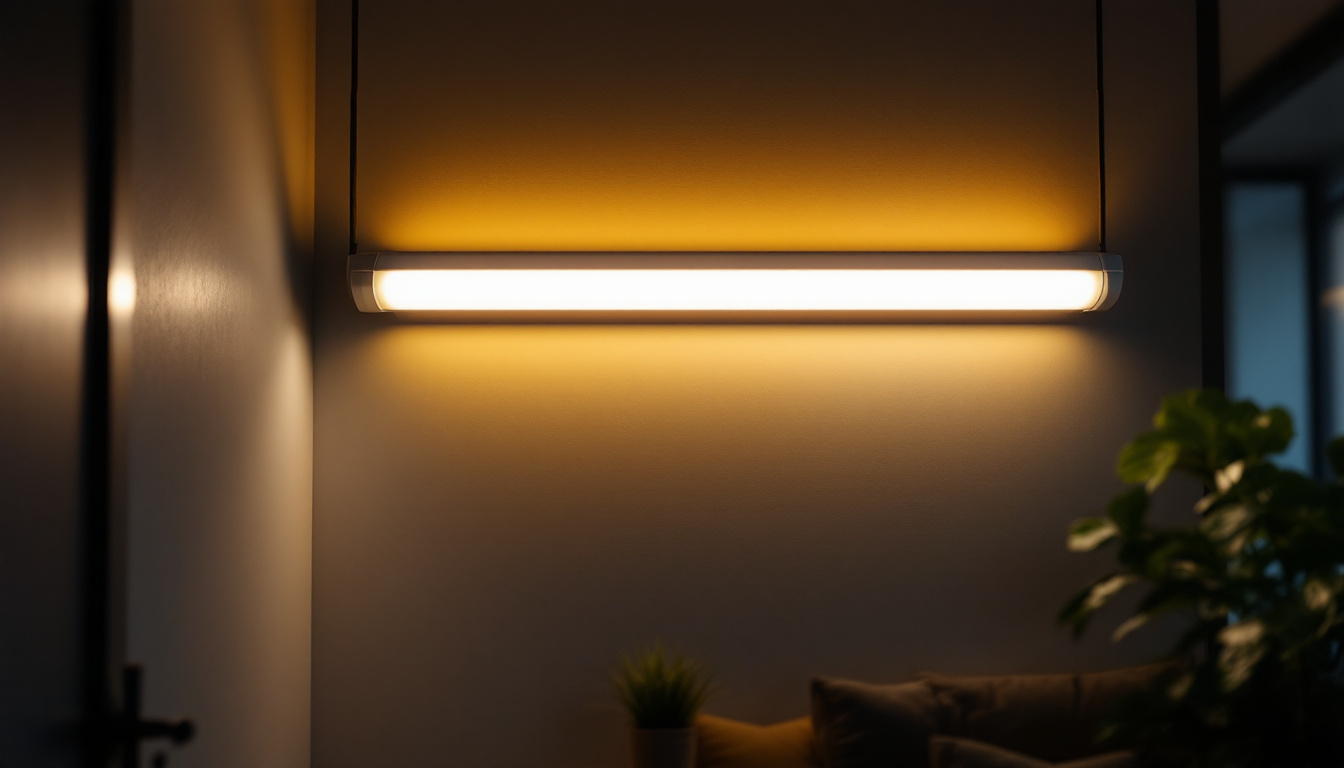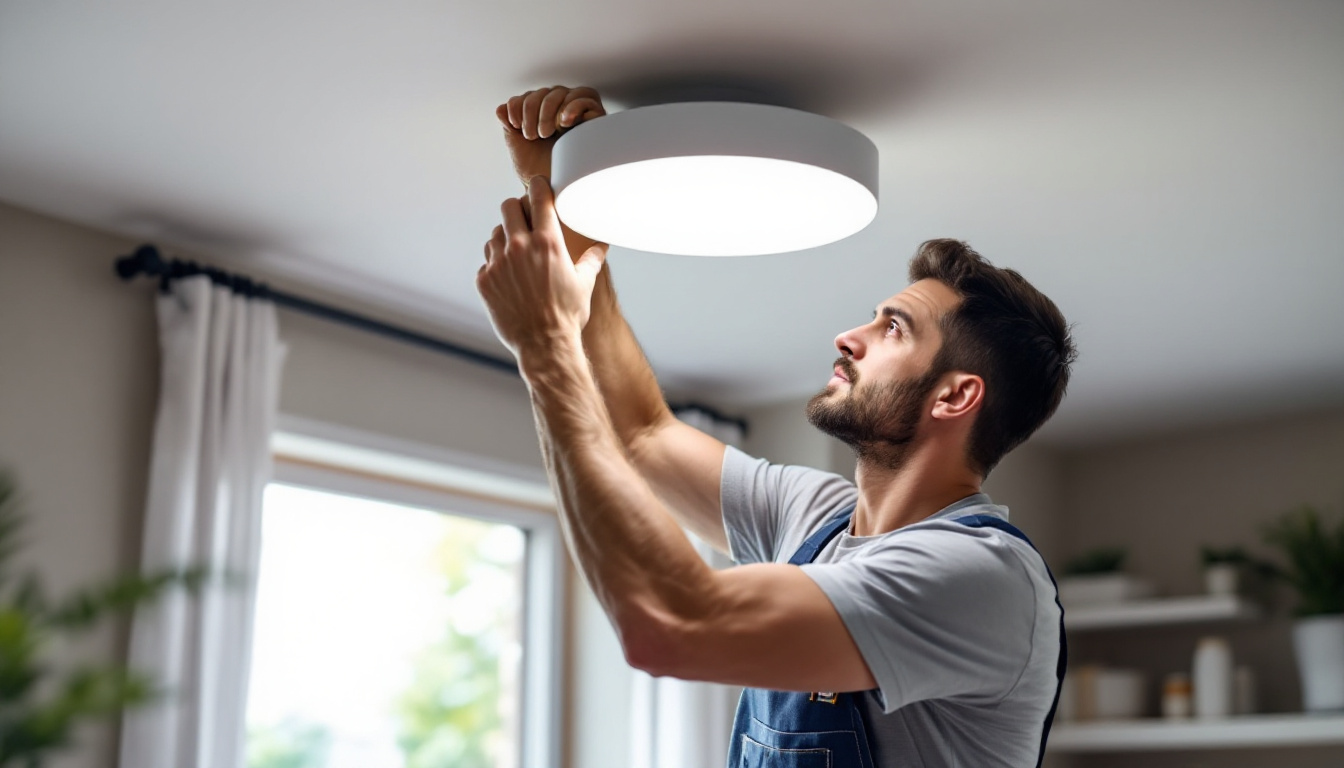
When it comes to electrical installations, the replacement of outlets is a fundamental task that every lighting contractor must master. It may seem straightforward, but there are nuances that can significantly affect the quality of work and client satisfaction. This article delves into the secrets that seasoned lighting contractors use to ensure their outlet replacements are efficient, safe, and aesthetically pleasing.
Before diving into the replacement process, it is essential to understand the different types of outlets available. Standard duplex outlets are the most common, but there are also GFCI (Ground Fault Circuit Interrupter) outlets, which are crucial for wet areas like kitchens and bathrooms. Additionally, there are AFCI (Arc Fault Circuit Interrupter) outlets designed to prevent electrical fires. Each of these outlets has specific applications that can significantly impact safety and efficiency in electrical systems.
Each type of outlet serves a specific purpose, and knowing when to use them can enhance safety and functionality in any lighting project. Familiarity with these types will not only help in selecting the right outlet but also in explaining the benefits to clients, thereby increasing trust and professionalism. For example, GFCI outlets are equipped with a reset button and are designed to cut off power when they detect a ground fault, making them indispensable in areas prone to moisture. Similarly, AFCI outlets are particularly important in preventing fires caused by arc faults, which can occur from damaged wiring or loose connections. Understanding these nuances can elevate your expertise and provide added value to your clients.
Having the right tools is paramount for any lighting contractor. Basic tools for replacing outlets include a screwdriver, wire stripper, voltage tester, and pliers. However, investing in a few additional tools can make the job easier and more efficient. For instance, a multi-tool can save time by combining several functions into one device. Additionally, having a good-quality flashlight can be invaluable when working in dimly lit areas or behind furniture, ensuring that you can see what you’re doing without straining your eyes.
In addition to tools, ensure that you have high-quality replacement outlets and wiring materials. Using subpar components can lead to failures or safety hazards down the line. Always opt for reputable brands that meet safety standards, as this reflects your commitment to quality workmanship. Furthermore, consider keeping a stock of various outlet types on hand, as this can streamline your workflow and allow you to address different client needs without delay. Having a selection of decorative or smart outlets can also cater to modern preferences, enhancing both the aesthetic and functional aspects of your projects.
One of the most critical steps in outlet replacement is ensuring that the power is turned off at the circuit breaker. This precaution protects both the contractor and the client from electrical shocks. Always use a voltage tester to confirm that the outlet is not live before proceeding with any work.
Moreover, it is advisable to inform clients about the importance of this step. Educating them on safety practices not only enhances their understanding but also builds confidence in your expertise. A well-informed client is more likely to appreciate the care taken during the installation process. Additionally, consider providing a brief demonstration of how to safely turn off the circuit breaker and use a voltage tester. This hands-on experience can empower clients to feel more involved in the process and emphasize the significance of safety in electrical work.
Wiring an outlet correctly is essential for both functionality and safety. The standard color coding for wires—black for hot, white for neutral, and green or bare for ground—should always be followed. Additionally, ensure that wires are stripped to the appropriate length to make secure connections without excess wire that could lead to shorts.
Utilizing the correct wiring techniques can prevent future issues. For example, making sure that the wire connections are tight and secure will reduce the risk of arcing, which can lead to electrical fires. Always double-check connections before sealing the outlet back into the wall. Furthermore, consider using wire nuts or terminal screws that are rated for the specific gauge of wire being used. This attention to detail not only enhances the safety and reliability of the outlet but also ensures that it meets local electrical codes. Keeping a checklist of these practices can serve as a valuable reference during installations, helping to maintain high standards of workmanship.
While functionality is crucial, aesthetics should not be overlooked. Outlets come in various styles and colors, allowing for customization that can enhance the overall look of a room. For instance, decorative outlets can blend seamlessly with the decor, while smart outlets can offer modern functionality.
When discussing outlet options with clients, consider their preferences and the existing design of their space. Offering a range of choices can help clients feel more involved in the process and satisfied with the final outcome. A well-chosen outlet can elevate the entire lighting scheme of a room.
The placement of outlets is another critical aspect that can impact both functionality and aesthetics. Standard practice dictates that outlets should be placed at least 12 inches above the floor, but this can vary based on the specific use of the space. For example, in kitchens, outlets should be positioned conveniently for countertop appliances.
Furthermore, consider the layout of furniture and lighting fixtures when determining outlet placement. Ensuring that outlets are easily accessible can enhance the usability of the space. Discussing these considerations with clients can lead to a more thoughtful and practical design, ultimately increasing their satisfaction.
One of the most common challenges faced during outlet replacement is dealing with outdated wiring. Older homes may have wiring that does not meet current safety standards or is simply worn out. In such cases, it is vital to assess the condition of the wiring and determine whether it needs to be replaced or upgraded.
Informing clients about the risks associated with old wiring can help them understand the necessity of these upgrades. While it may involve additional costs, the long-term safety and efficiency benefits are worth the investment. Providing options and explaining the process can help clients make informed decisions.
Every lighting contractor should be well-versed in local electrical codes. Compliance with these codes is not just a legal requirement; it also ensures the safety of the installation. When replacing outlets, it is crucial to adhere to these regulations, which may dictate specific requirements for outlet types, placement, and grounding.
Staying updated on code changes and ensuring that all work meets these standards can prevent costly rework and enhance your reputation as a reliable contractor. Clients appreciate contractors who prioritize compliance, as it reflects a commitment to quality and safety.
As technology evolves, so do the options available for outlet replacements. Smart outlets, which allow users to control devices remotely via apps or voice commands, are becoming increasingly popular. Incorporating these modern solutions can set a contractor apart from competitors and appeal to tech-savvy clients.
When discussing smart outlets with clients, highlight their benefits, such as energy savings and convenience. Providing demonstrations or examples of how these outlets can enhance their living space can drive interest and lead to additional sales opportunities.
In some cases, clients may require additional functionality from their outlets, such as USB ports for charging devices. Offering outlet adapters or replacement options that include these features can enhance the overall utility of the installation. This not only meets client needs but also showcases a contractor’s ability to provide comprehensive solutions.
Moreover, educating clients about the benefits of these accessories can lead to increased satisfaction and referrals. When clients feel that their specific needs are met, they are more likely to recommend your services to others.
Once the installation is complete, thorough testing is essential. Use a voltage tester to ensure that the outlet is functioning correctly and that there are no issues with the wiring. This step not only ensures safety but also provides peace of mind for both the contractor and the client.
Taking the time to perform quality assurance checks can prevent future callbacks and enhance your reputation for reliability. Clients appreciate contractors who go the extra mile to ensure that everything is working as it should, which can lead to repeat business and referrals.
After the installation, it is beneficial to educate clients on how to maintain their new outlets. Simple tips, such as avoiding overloading outlets and regularly checking for signs of wear, can help prolong the life of the installation. Providing this information shows a commitment to client satisfaction and can help prevent future issues.
Furthermore, offering to answer any questions or concerns post-installation can foster a lasting relationship with clients. This ongoing communication can lead to future projects and referrals, solidifying a contractor’s reputation in the industry.
Mastering the art of outlet replacement is a vital skill for lighting contractors. By understanding the different types of outlets, adhering to safety practices, and focusing on aesthetics and functionality, contractors can deliver exceptional service that meets client needs. Addressing common challenges and incorporating advanced techniques can further enhance the quality of work.
Ultimately, effective communication and a commitment to quality will set a contractor apart in a competitive market. By applying these secrets to outlet replacement, lighting contractors can build a reputation for excellence and reliability, paving the way for long-term success in their careers.
Ready to elevate your lighting projects with the best materials on the market? Look no further than LumenWholesale for all your outlet replacement needs and more. We provide contractors with top-notch, spec-grade lighting products at unbeatable wholesale prices, ensuring you get the most value for your investment. With our extensive selection that meets the highest industry standards, you can trust that your installations will be both safe and stylish. Plus, with the convenience of free shipping on bulk orders, you can stock up on superior lighting products without worrying about hidden fees. Don’t compromise on quality or cost—visit LumenWholesale today and experience the best in wholesale lighting at the best value.

Discover how LED light bulbs can transform your recessed lighting into an energy-efficient and stylish solution.

Discover the essential insights every lighting contractor needs to know about recess lights.

Discover the ins and outs of fluorescent light fixtures with our comprehensive guide.

Discover the importance of staying informed about 6-inch can light trims in the ever-evolving lighting industry.